Table of Contents
- Rottweiler: Loyal Guardian & Family Dog
- Origin & History
- Appearance & Breed Standard
- Temperament & Personality
- Rottweiler Puppies: Socialization, Training & Health
- Daily Care
- Health & Prevention
- Training & Obedience
- Nutrition & Weight
- Everyday Life & Activities
- Frequently Asked Questions
- Conclusion
Rottweiler: Loyal Guardian & Family Dog
The Rottweiler is one of the most well-known dog breeds worldwide — strong, confident, and loyal. Originally bred as a herding and guard dog, today the Rottweiler excels as both a reliable family companion and a working dog in police and rescue services. Its powerful build and courageous nature require responsible ownership, consistent training, and a strong bond with its people.

Origin & History
The Rottweiler’s roots go back to the Roman Empire, where dogs drove and protected cattle. In the German town of Rottweil, these working dogs developed into the modern Rottweiler, also known as the “Butcher’s Dog” for herding cattle and guarding goods. Later, they became valued as protection and service dogs, and today they are used worldwide.
Appearance & Breed Standard
Rottweilers are powerful, muscular dogs with a broad, distinctive head. Their coat is short, dense, and black with well-defined tan markings. Males stand 24–27 inches (61–68 cm), while females are 22–25 inches (56–63 cm). Weight ranges from 80–130 pounds (35–60 kg). They are known for their confident, alert expression.
Temperament & Personality
Rottweilers are self-assured, fearless, and deeply loyal. With proper socialization, they make balanced family dogs who protect children and form close bonds with their owners. Their strong protective instincts can become problematic without training, making clear leadership and consistent rules essential.
Rottweiler Puppies: Socialization, Training & Health
Rottweiler puppies should be carefully socialized early with people, animals, and everyday environments. Consistent routines and positive reinforcement are key to raising a confident, well-adjusted dog.
- Socialization: Exposure to children, dogs, and various sounds.
- House-training & Routines: Consistent schedules help learning.
- Joint protection: Avoid stairs or jumping while growing.
- Health checks: Choose breeders who test for hip and elbow dysplasia.

Daily Care
Rottweilers have low-maintenance coats; weekly brushing is enough. Nail care, dental hygiene, and regular vet visits are more important. Because they are active dogs, they need daily exercise and mental challenges.
Health & Prevention
Rottweilers are robust but prone to joint conditions such as hip and elbow dysplasia. Heart issues, including aortic stenosis, may also occur. Regular vet check-ups, weight management, and proper exercise are vital.
Training & Obedience
Consistency, patience, and positive reinforcement form the foundation of Rottweiler training. Essential commands like “Sit,” “Down,” and “Stay”, along with a reliable recall, are non-negotiable. Early training prevents dominance issues and strengthens the bond. Intelligent by nature, Rottweilers learn quickly but require clear boundaries.
Nutrition & Weight
Rottweilers are prone to weight gain, which strains joints and the heart. A high-quality, protein-rich, and balanced diet is essential. Treats should count toward the daily calorie intake. Fresh water must always be available.
Everyday Life & Activities
Rottweilers need both physical and mental engagement. Long walks, nose work, obedience, and dog sports such as tracking are ideal. In urban settings, strong leash manners and consistent routines are crucial. Practical gear like a sturdy dog collar and a durable dog leash provide safety and control in all situations.
Frequently Asked Questions
Are Rottweilers dangerous?
With proper training and socialization, Rottweilers are loyal, trustworthy dogs. Without guidance, their strong instincts can cause problems.
Are Rottweilers good family dogs?
Yes. With consistent rules and training, they are loving companions who often protect children naturally.
How much exercise do Rottweilers need?
Daily physical and mental activity is required — walks, training, and structured play are part of their routine.
Conclusion
The Rottweiler is a powerful, intelligent, and loyal dog that builds deep connections with its family. With the right training, leadership, and sufficient activity, this breed is a dependable companion — as both a family dog and a working protector.

Rottweiler Quick Facts
| Origin | Germany (Rottweil) |
| Personality | Confident, loyal, alert, courageous |
| Size | Males: 24–27 in (61–68 cm), Females: 22–25 in (56–63 cm) |
| Weight | 80–130 lbs (35–60 kg) |
| Coat | Short, dense, black with tan markings |
| Grooming | Low – weekly brushing |
| Exercise Needs | High – daily walks & structured training |
| For Beginners | Partially suitable – best for experienced owners |
| Barking | Rare to moderate |
| Lifespan | 8–10 years |
| Common Health Issues | Hip dysplasia, elbow dysplasia, heart problems |
| Price | Approx. $1,500–$3,000 |


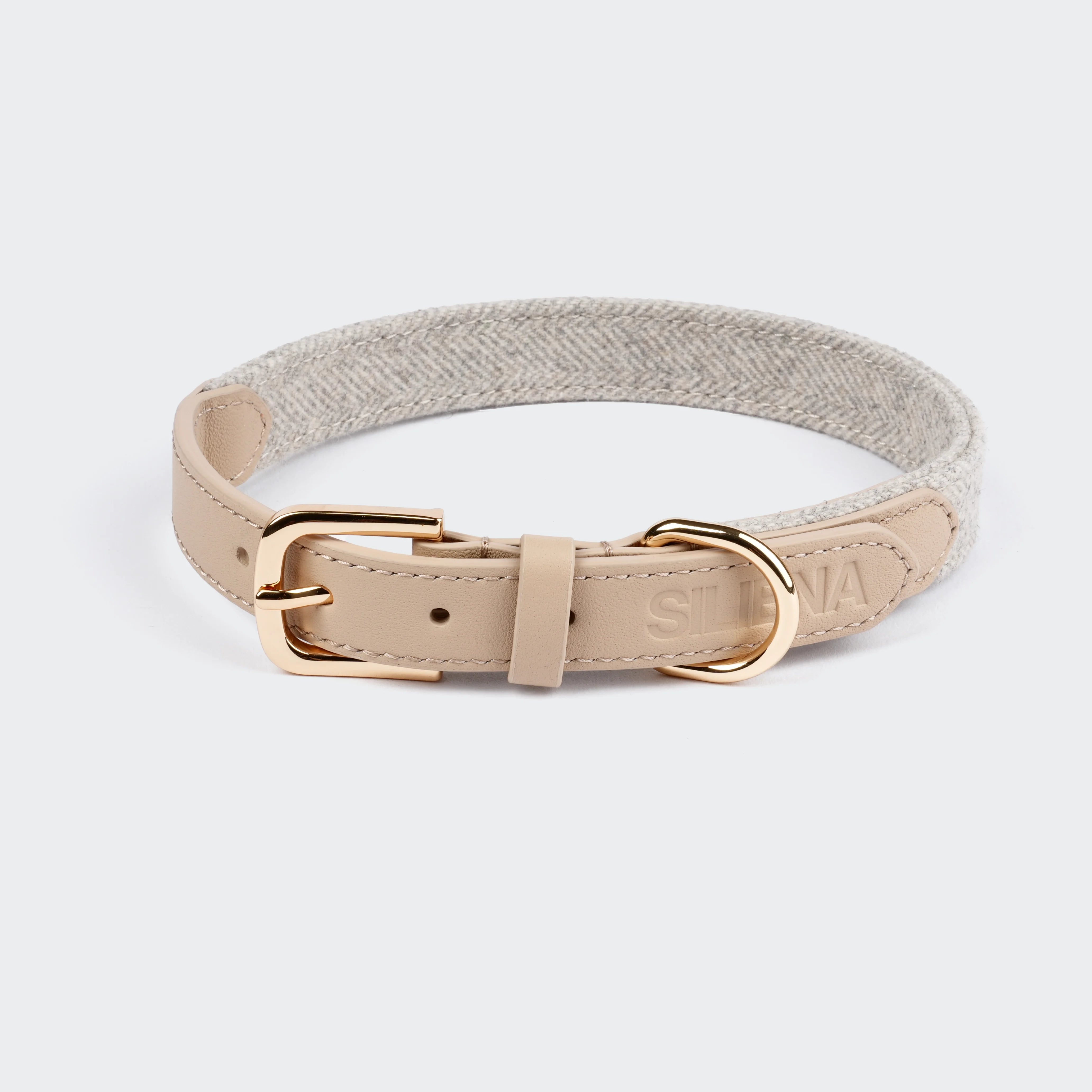
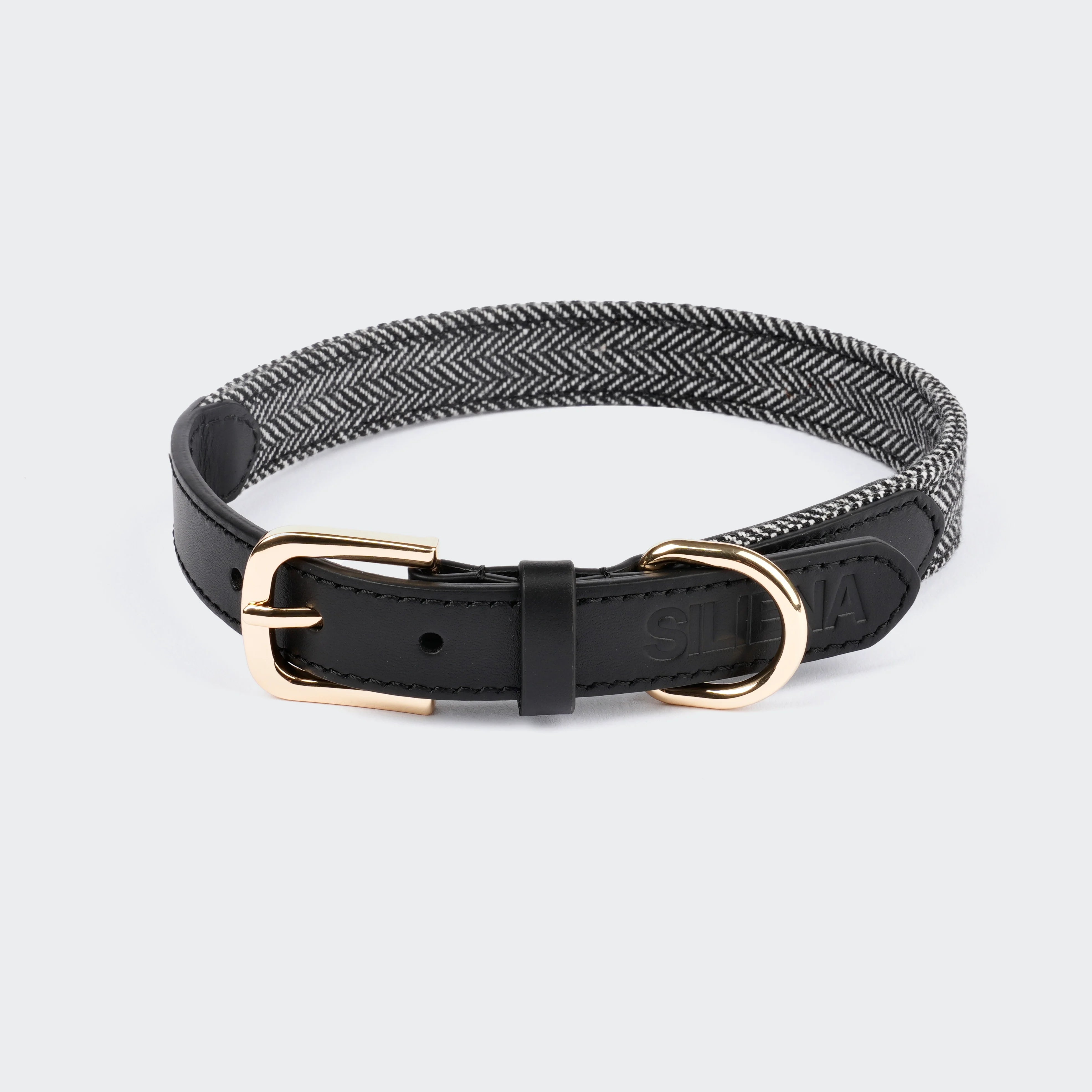
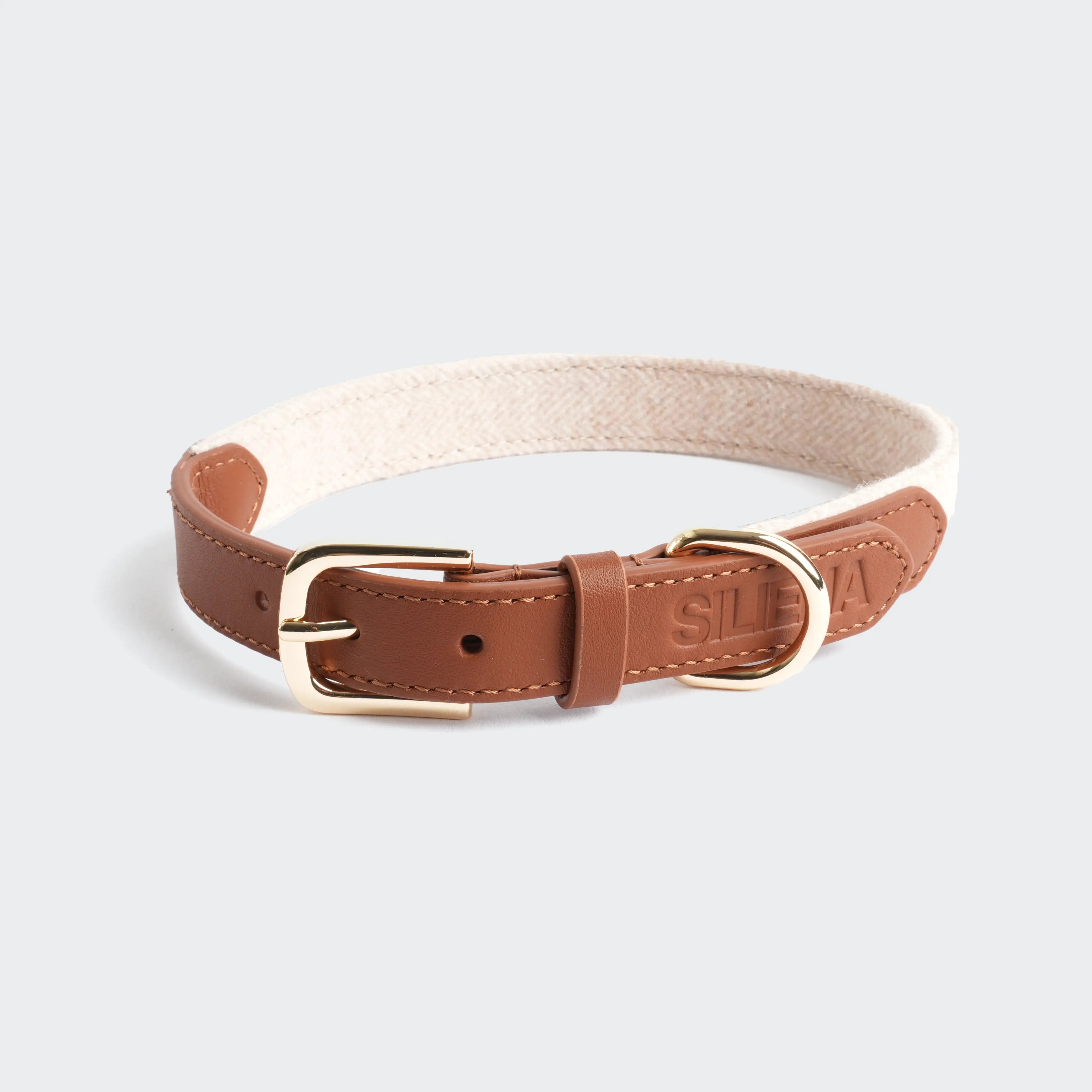
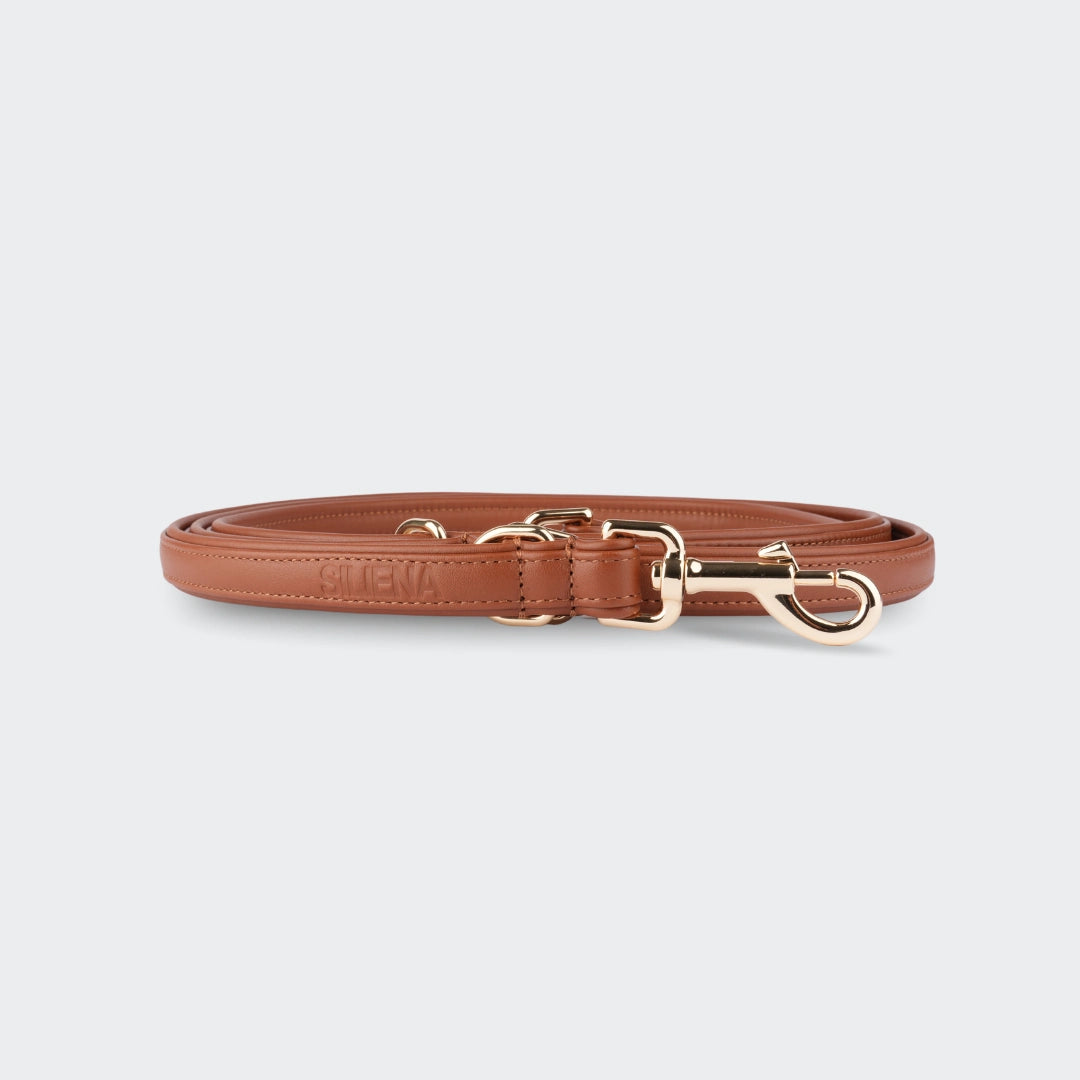
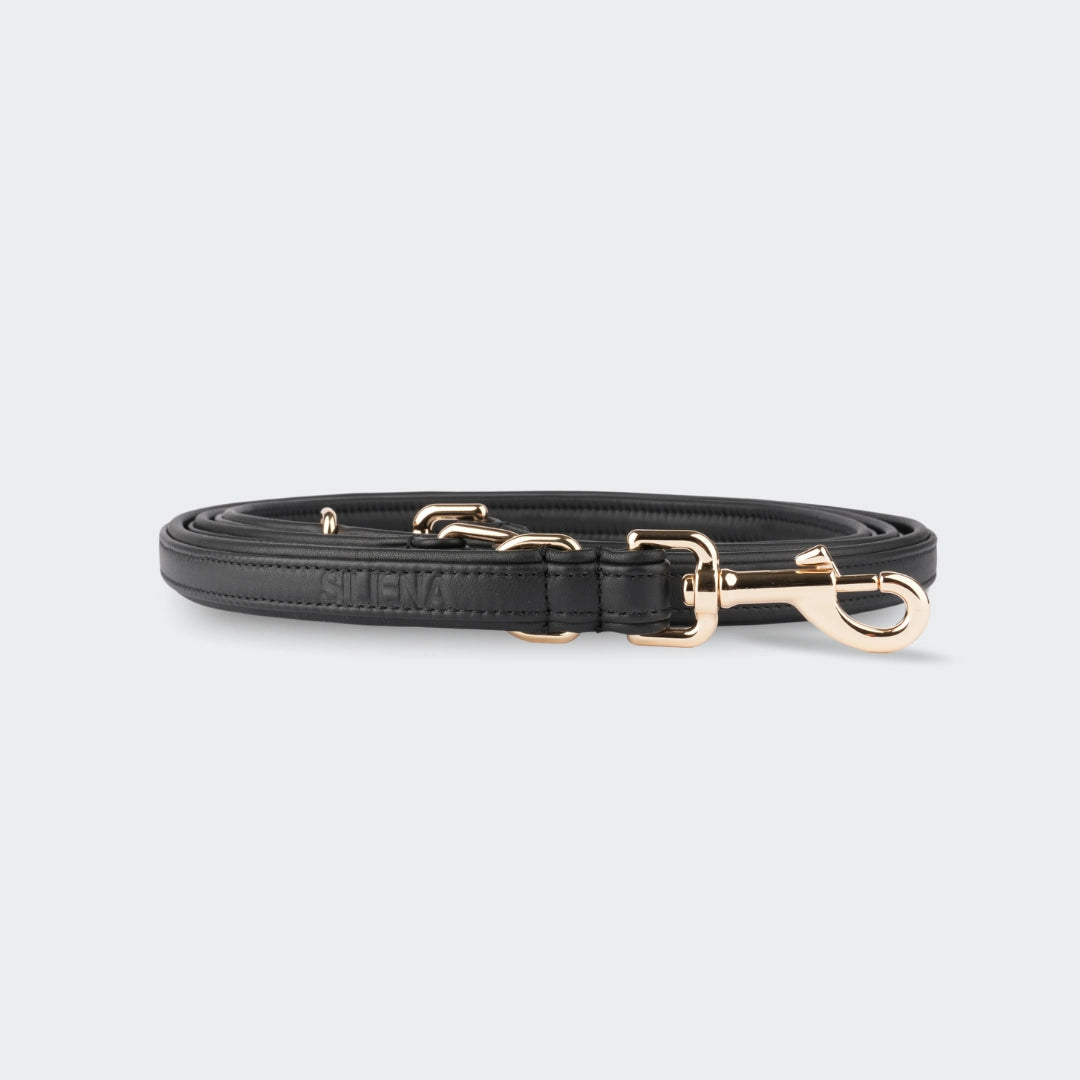
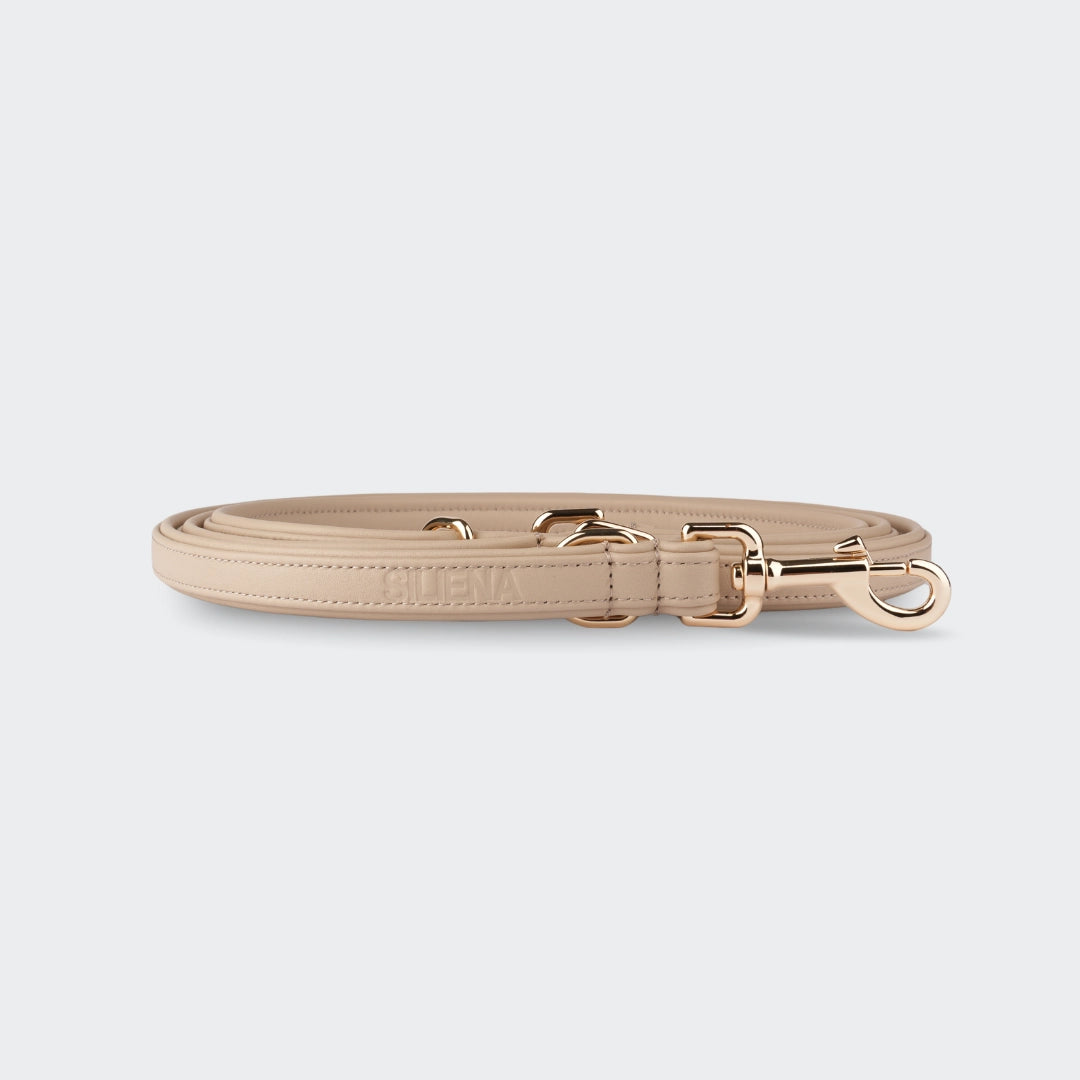
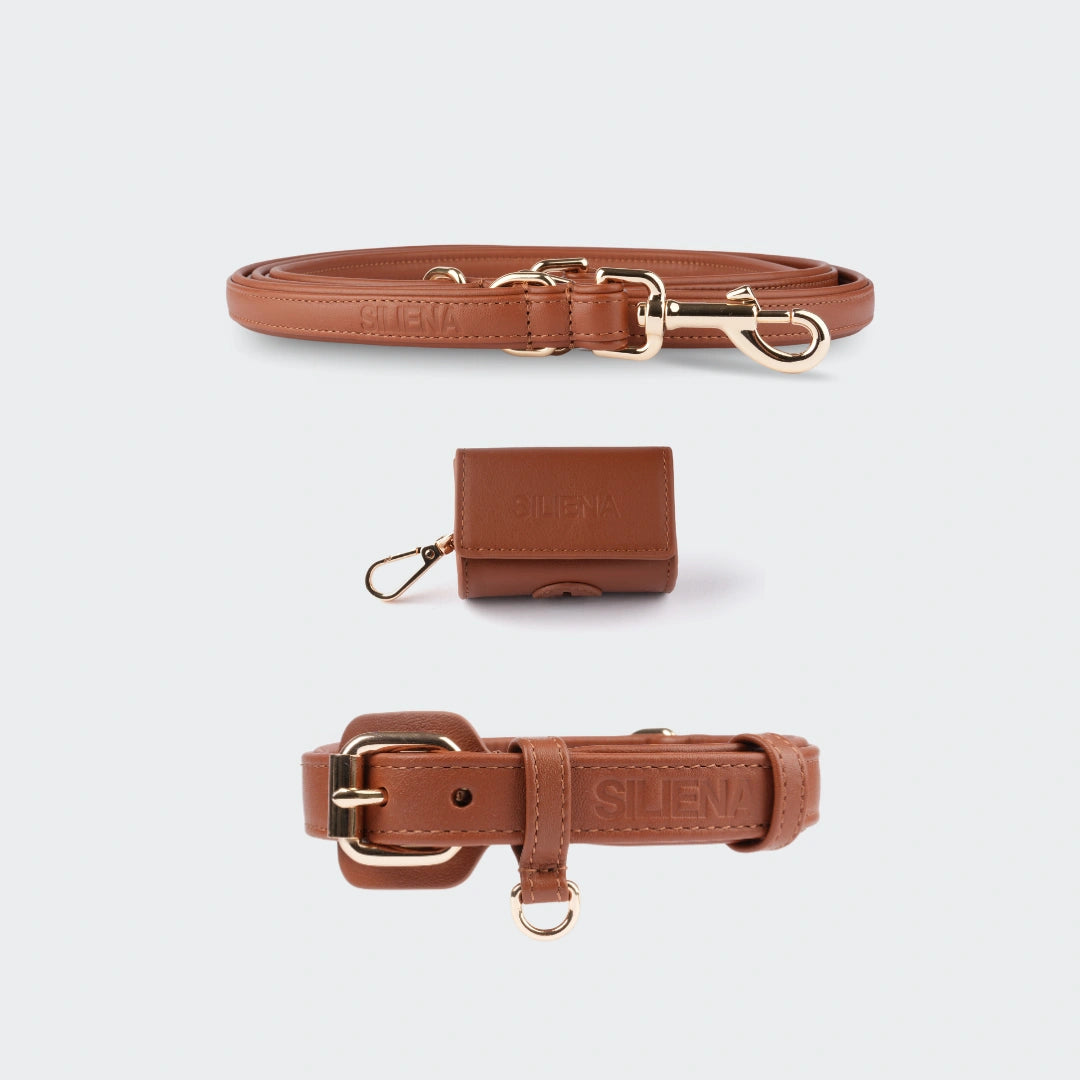
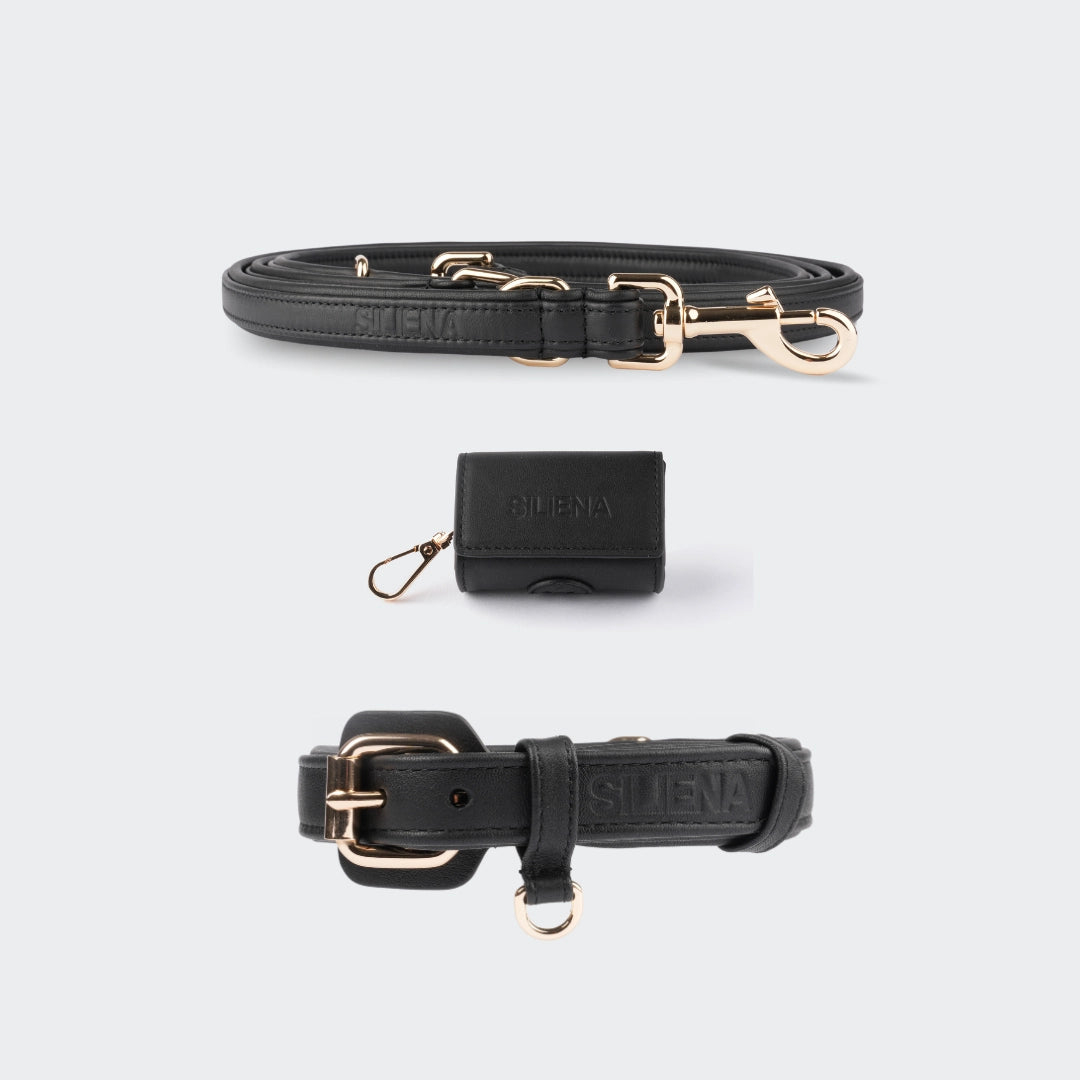
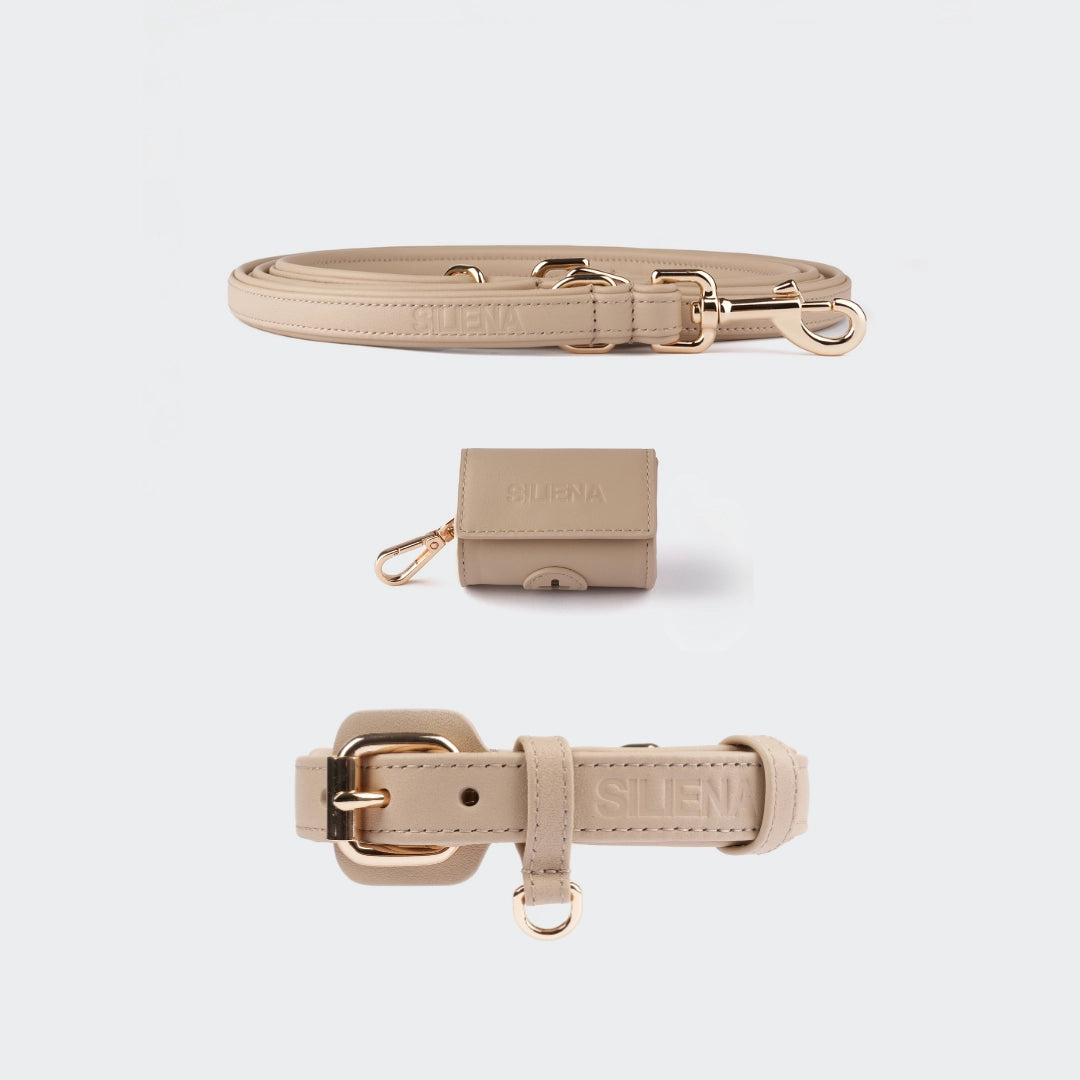
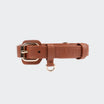
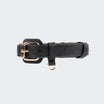

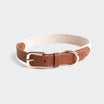
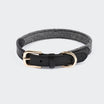
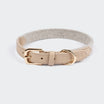

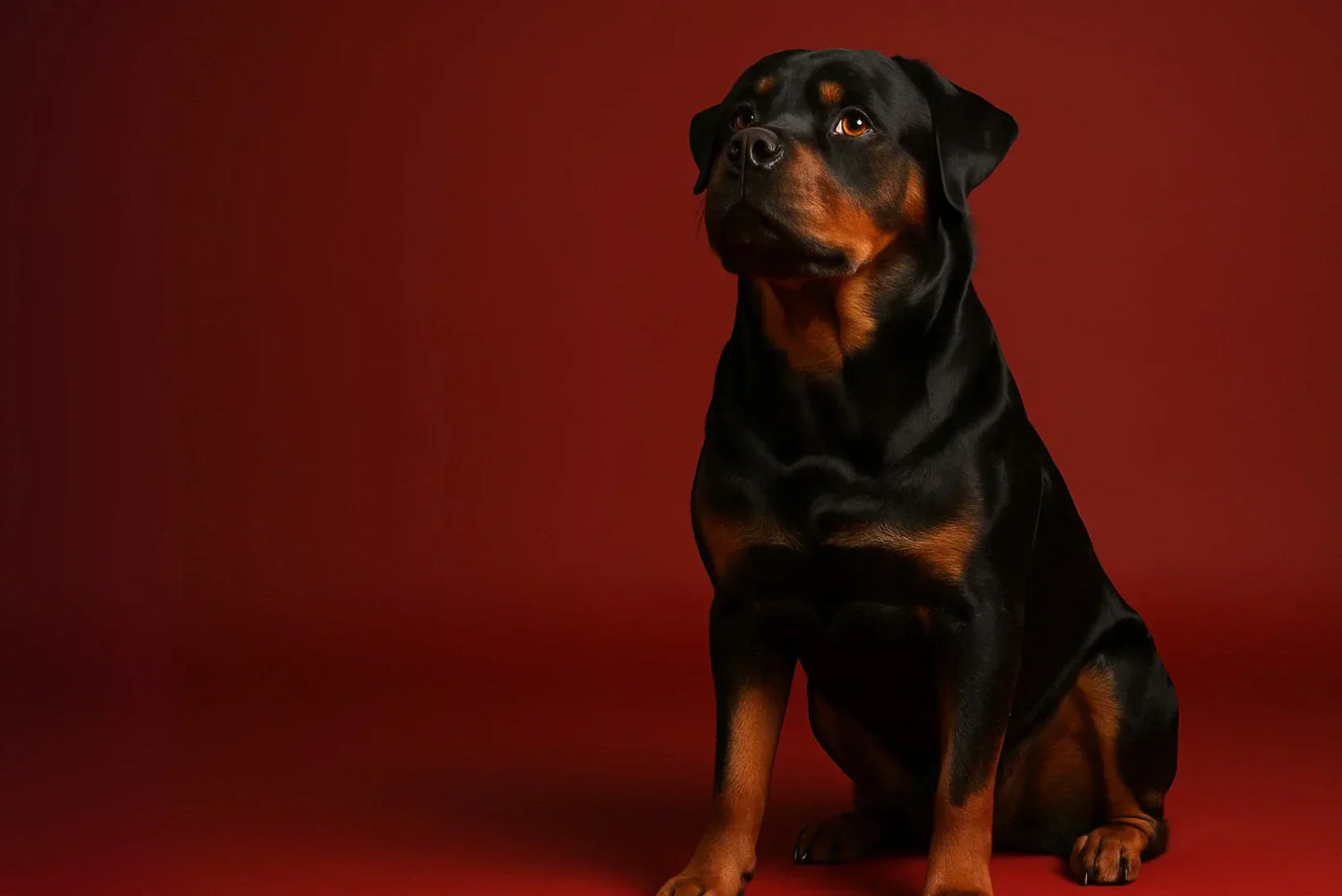
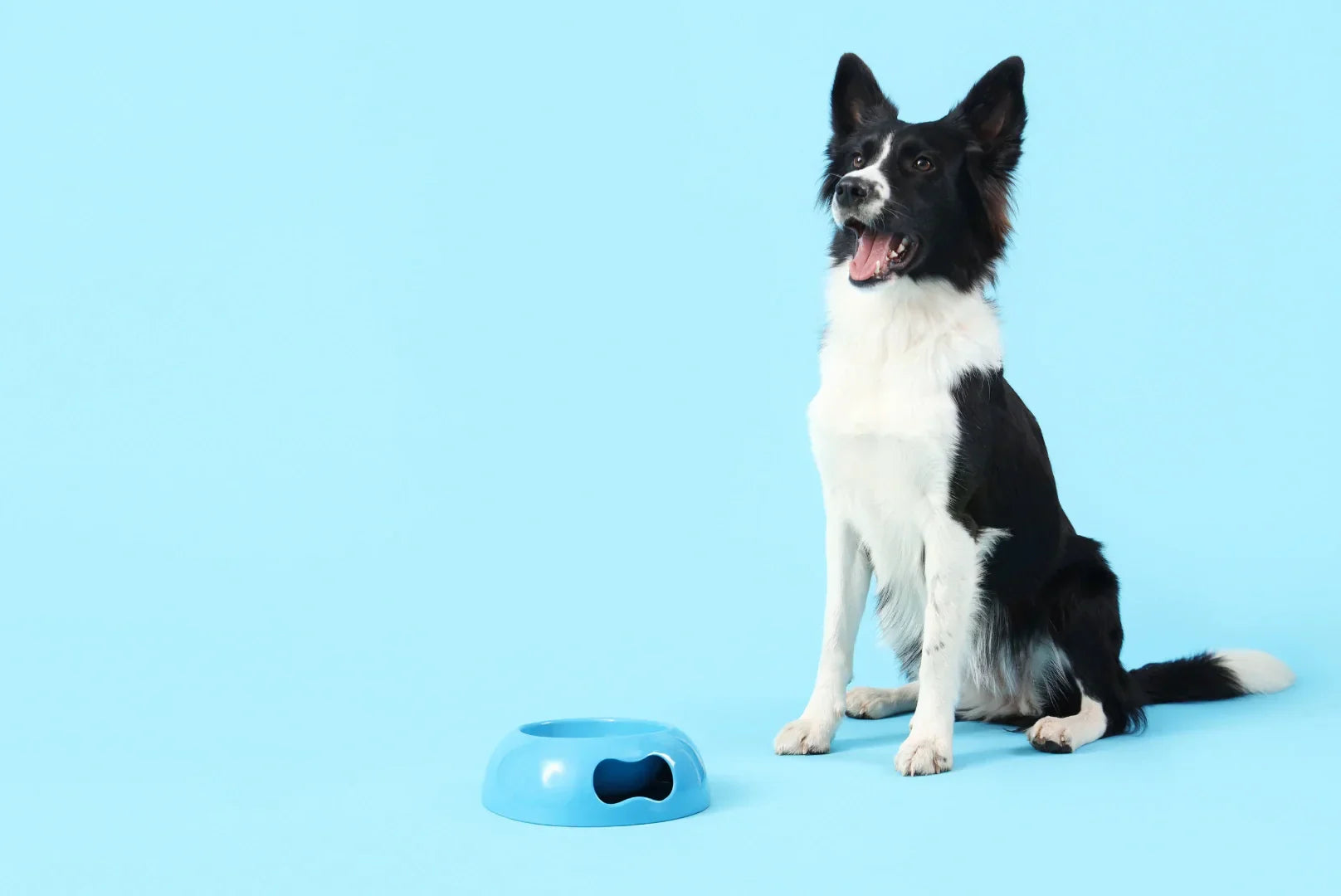
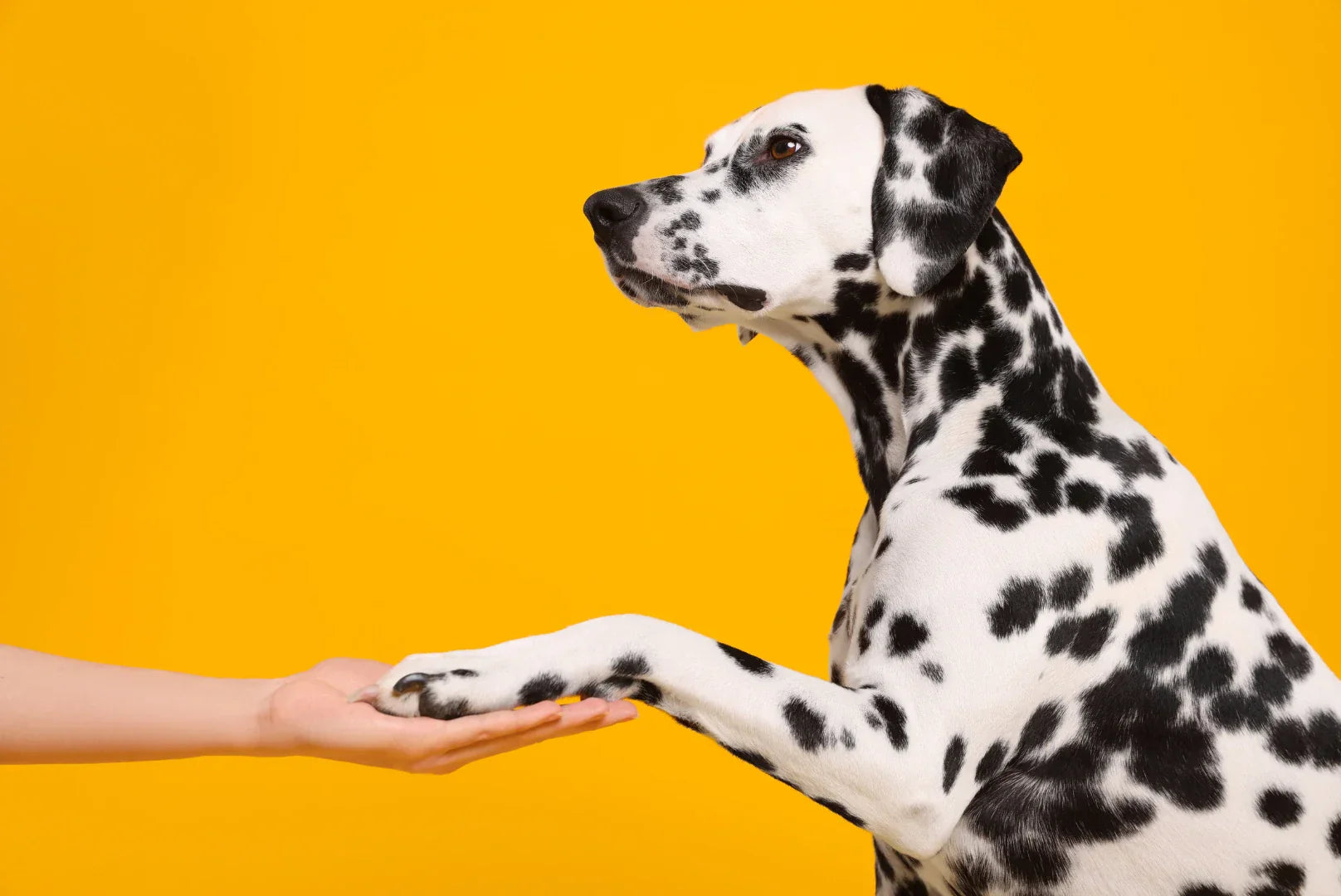


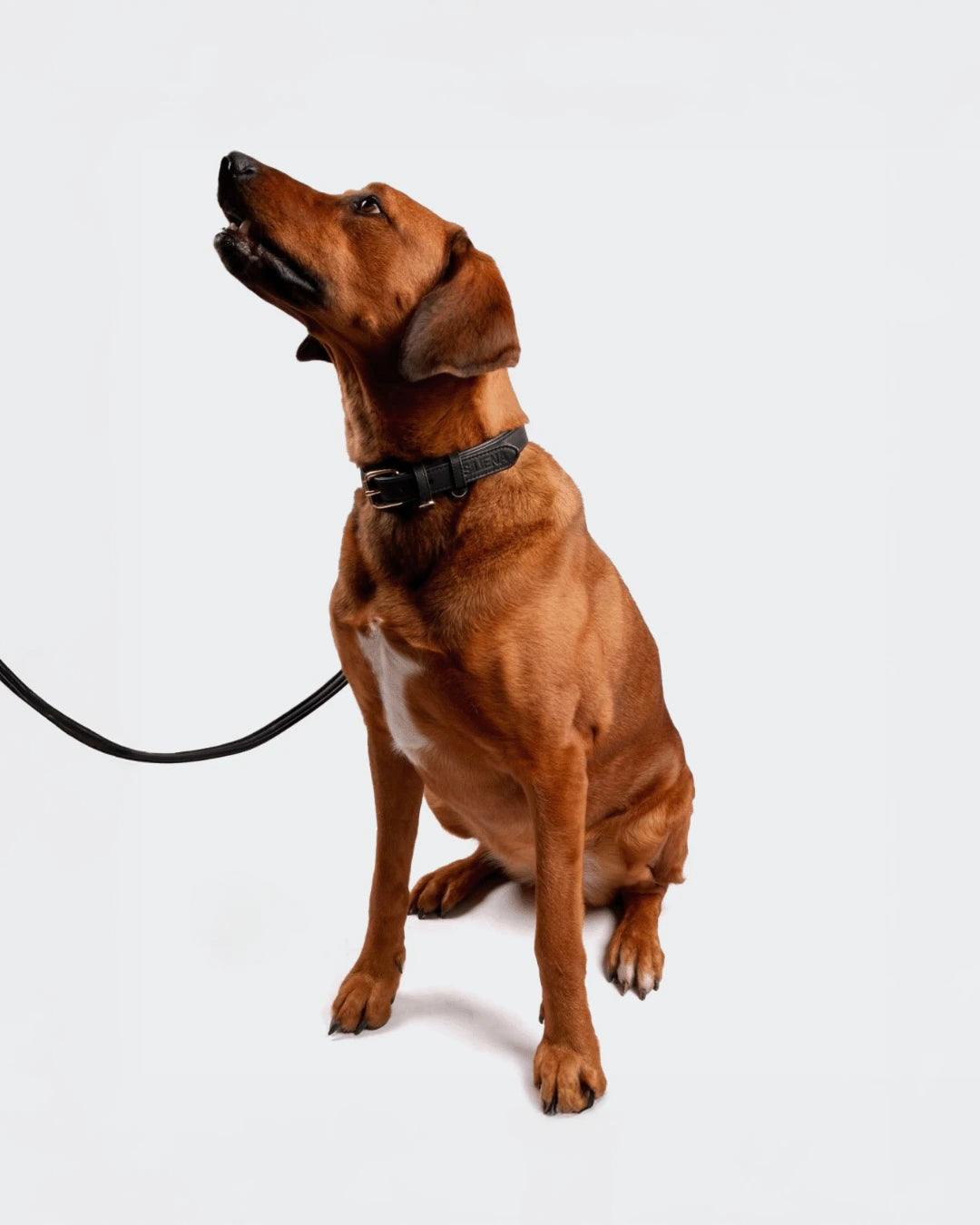
Leave a comment
This site is protected by hCaptcha and the hCaptcha Privacy Policy and Terms of Service apply.